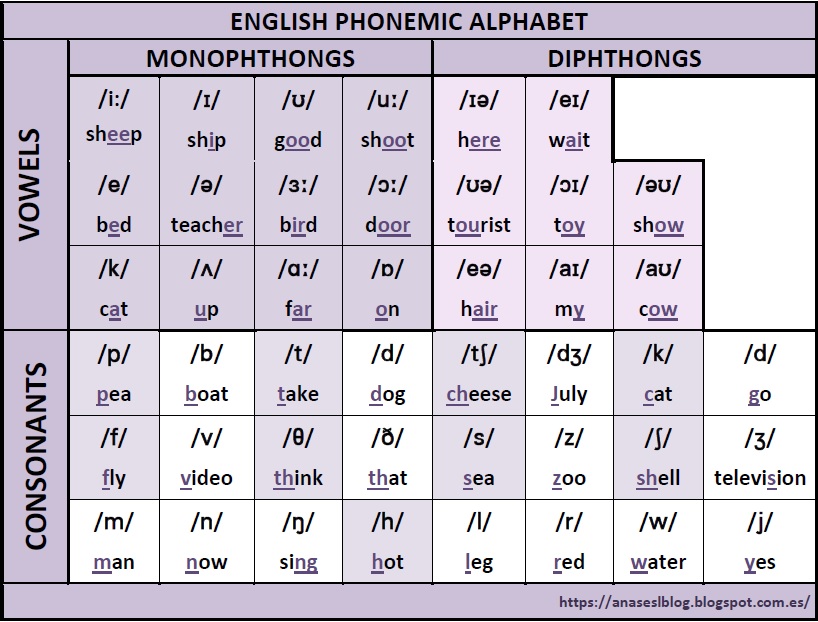
Latin borrowings reintroduced homographs of ash and ethel into Middle English and Early Modern English, though they are not thought to be the same letters but rather ligatures, and in any case are somewhat old-fashioned. In the alphabet of Modern English, thorn (þ), eth (ð), wynn (ƿ), yogh ( ȝ), ash (æ), and ethel (œ) do not exist. He listed the 24 letters of the Latin alphabet first (including ampersand), then 5 additional English letters, starting with the Tironian note ond (⁊), an insular symbol for and:Ī B C D E F G H I K L M N O P Q R S T V X Y Z & ⁊ Ƿ Þ Ð Æ Modern English In the year 1011, a monk named Byrhtferð recorded the traditional order of the Old English alphabet. Also, the v-v or u-u ligature double-u (W w) was in use. In very early Old English the o-e ligature ethel (Œ œ) also appeared as its own letter, likewise named after a rune, œðel. The a-e ligature ash (Æ æ) was adopted as a letter in its own right, named after a futhorc rune æsc. The letter eth (Ð ð) was later devised as a rewriting of the letter dee (D d), and finally yogh ( Ȝ ȝ) was created by Norman scribes from the insular g in Old English and Irish, and used alongside their Carolingian g. Futhorc influenced the new Latin-based English alphabet by giving it letters thorn (Þ þ) and wynn (Ƿ ƿ). The Latin script, introduced by Christian missionaries, began to replace the Anglo-Saxon futhorc from about the 7th century, although the two continued to be used alongside each other for some time. Very few examples of this form of written Old English have survived, with most of these being short writings or pieces. This alphabet was brought to what is now England, along with Old English itself, the earliest form of the language, by Anglo-Saxon settlers.

The English language was first written in Anglo-Saxon futhorc runes, used since the 5th century.

Problems playing this file? See media help.


 0 kommentar(er)
0 kommentar(er)
